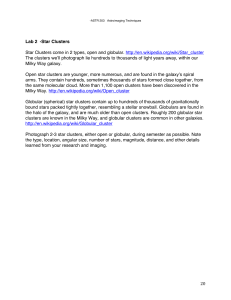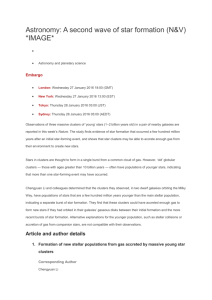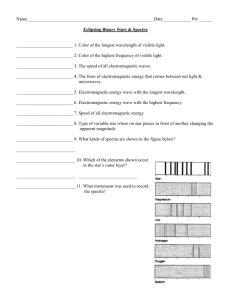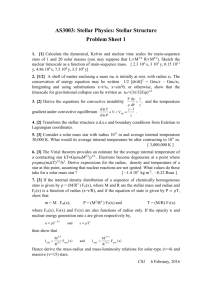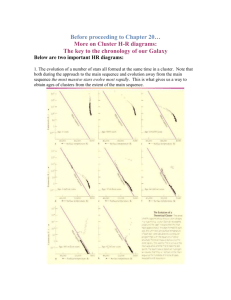What are binary systems
advertisement
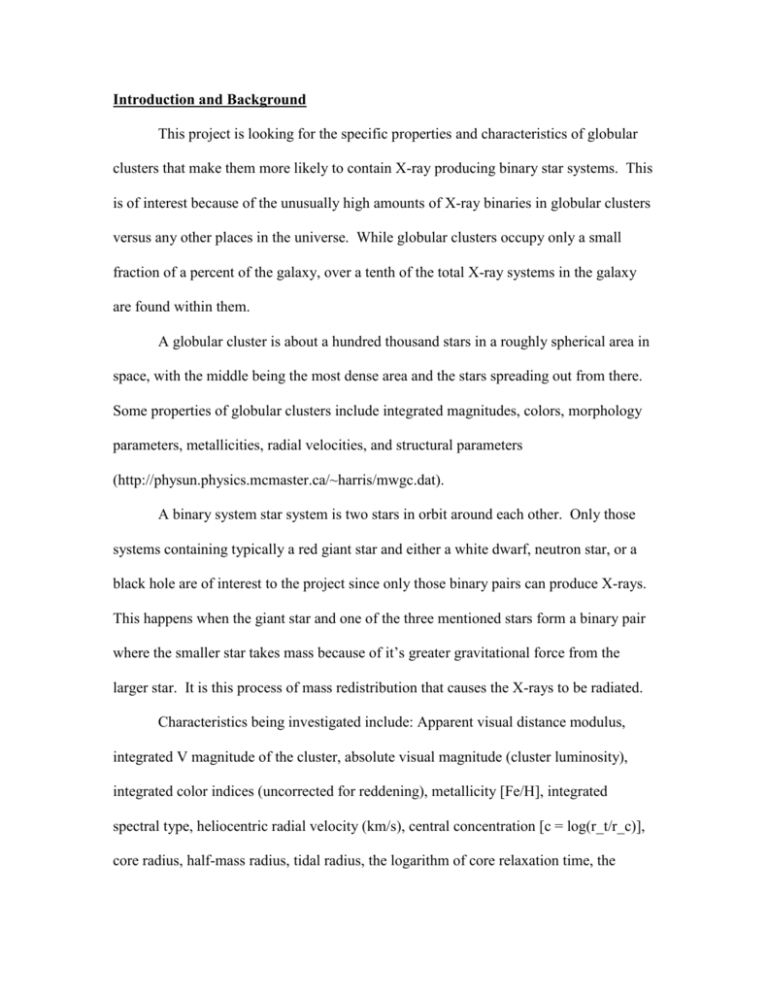
Introduction and Background This project is looking for the specific properties and characteristics of globular clusters that make them more likely to contain X-ray producing binary star systems. This is of interest because of the unusually high amounts of X-ray binaries in globular clusters versus any other places in the universe. While globular clusters occupy only a small fraction of a percent of the galaxy, over a tenth of the total X-ray systems in the galaxy are found within them. A globular cluster is about a hundred thousand stars in a roughly spherical area in space, with the middle being the most dense area and the stars spreading out from there. Some properties of globular clusters include integrated magnitudes, colors, morphology parameters, metallicities, radial velocities, and structural parameters (http://physun.physics.mcmaster.ca/~harris/mwgc.dat). A binary system star system is two stars in orbit around each other. Only those systems containing typically a red giant star and either a white dwarf, neutron star, or a black hole are of interest to the project since only those binary pairs can produce X-rays. This happens when the giant star and one of the three mentioned stars form a binary pair where the smaller star takes mass because of it’s greater gravitational force from the larger star. It is this process of mass redistribution that causes the X-rays to be radiated. Characteristics being investigated include: Apparent visual distance modulus, integrated V magnitude of the cluster, absolute visual magnitude (cluster luminosity), integrated color indices (uncorrected for reddening), metallicity [Fe/H], integrated spectral type, heliocentric radial velocity (km/s), central concentration [c = log(r_t/r_c)], core radius, half-mass radius, tidal radius, the logarithm of core relaxation time, the logarithm of relaxation time at the half-mass radius, central surface brightness, V magnitudes per square arcsecond, and the logarithm of central luminosity density (Solar luminosities per cubic parsec). Brief descriptions of these terms can be found in Appendix A. Hypothesis I hypothesize that the properties and/or characteristics of globular clusters that will be found to effect the formation of X-ray producing binary systems will be within the structural parameters. Those parameters include: Central concentration, core radius, half-mass radius, and tidal radius. Procedure First, data was gathered on the properties and characteristics of over one hundred globular clusters in the Milky Way including X-ray radiation amounts. This data will then be used in a sophisticated statistical program. The tables containing some of this information can be found in Appendix B with those systems being studied in italics. Applications This will help us better understand the universe we live in. More specifically relevant to the research field of astronomy is further understanding of how stars will interact with each other where there are dense amounts of stars, such as in clusters. This may in turn help researchers understand why and how stars will form into X-ray binary systems in the first place.
